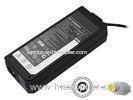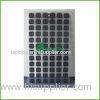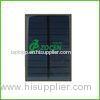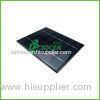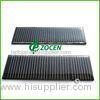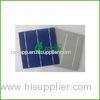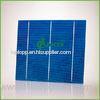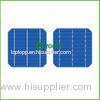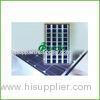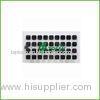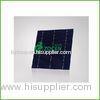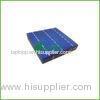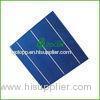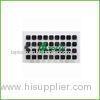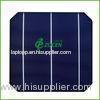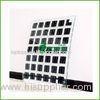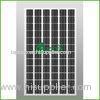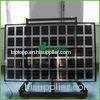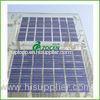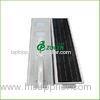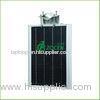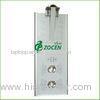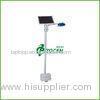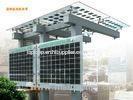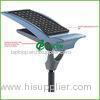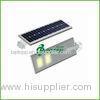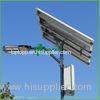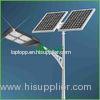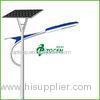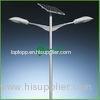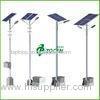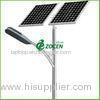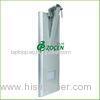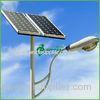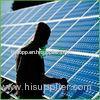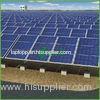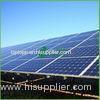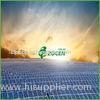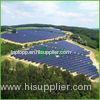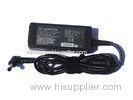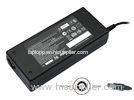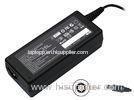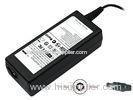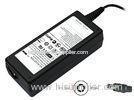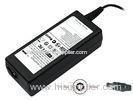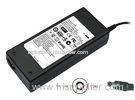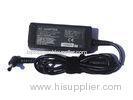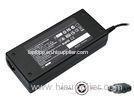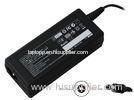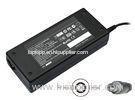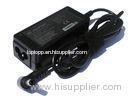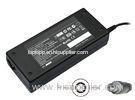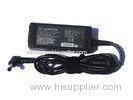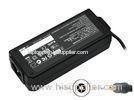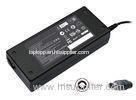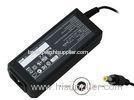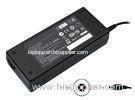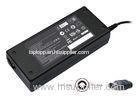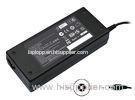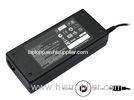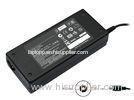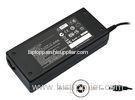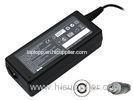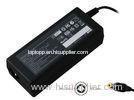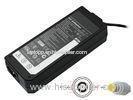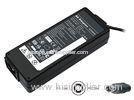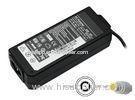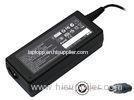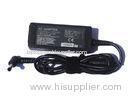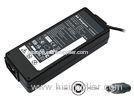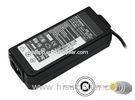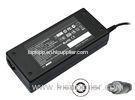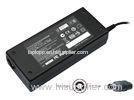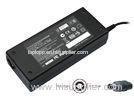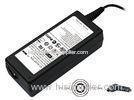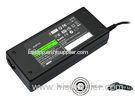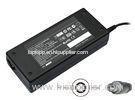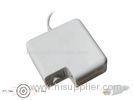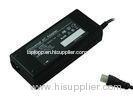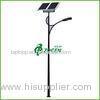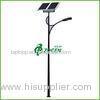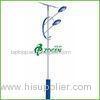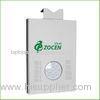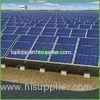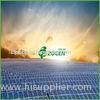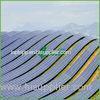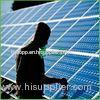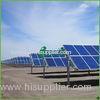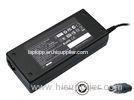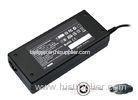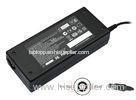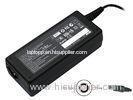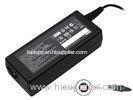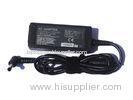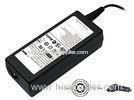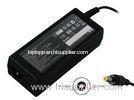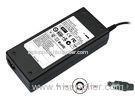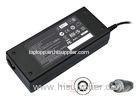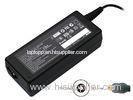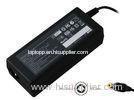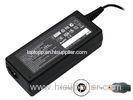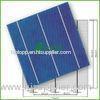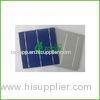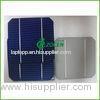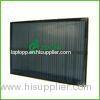|
China Laptop Charger Online Market Group
|
15 MW aesthetics of solar power plants With Aluminum Bracket
| Place of Origin: | Zhejiang, China (Mainland) |
|
|
|
| Add to My Favorites | |
| HiSupplier Escrow |
Product Detail
<td style="widt
|
Place of origin
|
China(Mainland) |
Brand name
|
ZOCEN |
|
Model
|
ZCGT-15MW |
Specification
|
Normal |
|
Application
|
Utility |
Output Voltage
|
127V-415V |
|
Load Power
|
15MW |
Solar Power
|
15MW |
15 MW aesthetics of solar power plants With Aluminum Bracket
2> Frequently Asked Questions
1. How do I know what size Solar Power system to install?
Solar system providers will advise you on the size that suits your requirements; this usually depends on the amount of energy needed and other details such as dimensions of the property.
2. What is the typical cost of a PV Solar Power System?
PV systems can cost anywhere between $8,000 and $27,000, depending on the size of system chosen, which is mainly based on the energy consumption required.
3. How long will PV Solar Power systems last for?
Life expectancy of these systems is normally 40 years plus, depending on the type of quality system purchased.
4. Can I expand my current PV Solar System?
Yes, it is usually possible to attach additional solar panels to your system; extra inverters may also have to be added to cope with the load enhancement.
5. Is it necessary for my property to face south?
No, south is definitely ideal, but southeast or southwest can function will minimal loss of production.
6. How do I sell electricity back to the utility providers?
The PV solar system does this for you. The inverter identifies any unused electricity and sends this excess energy to the grid. The electric meter moves backwards, thus crediting the owner's electric bill.
7. Are Battery Backups necessary?
No. PV solar power systems connect straight to your local utility grid.
8. Can the roof of my property sustain the weight of the Solar Power system?
Yes. Most of this equipment does not weigh an awful lot and most modern buildings are designed to deal with far greater loads. Though, older buildings need to be surveyed and may require structural work for extra support.
9. What kind of permits do I need?
You will have to check your local area code requirements.
10. How long will a PV Solar system take to install?
This, again, depends on the size of your chosen system, as well as the type of company chosen to carry out the installation. Average residential systems may take less than one week whilst larger commercial installations will take slightly longer.
11. Are PV Solar systems suitable for business use?
If anything, solar systems are incredibly ideal for businesses. This is because businesses usually consume large amounts of energy, and it is important to keep costs efficient in order to run a successful business. Depending on your local area, commercial users are usually offered great financial program incentives.
12. Do financial incentives apply to everyone?
Mostly, yes. However, the type of program incentives available depends on your location and whether you are a residential or commercial user.
13. Is electricity generated by Solar Power systems reliable?
Solar electric systems have been used by space stations since 1954 and technology has advanced incredibly since then making it an extremely reliable source of energy. Also, PV solar modules usually come with a 25 year warranty.
3> How Solar Power is used to power a grid-tied system?
Solar panels systems converts sunlight into DC (direct current) electricity. DC electricity is then passed onto an electronic power inverter which changes it from DC into AC (alternating current). The AC electricity is then distributed to the building’s power system which supplies the electricity. Excess power is diverted to the power grid which causes the electric meter to turn backwards and therefore credits the electric utility bill. When the sun is absent the utility power is used to generate electricity.

1. Solar Modules Solar modules mounted on the roof or grounds of your property convert sunlight into DC power.
2. Inverter This power is sent to a device called an inverter (or power converter) which converts the DC power from the solar modules to AC power identical to that being sent to you from the utility grid.
3. Electrical Panel Power travels from the inverter to your electrical service panel (your breaker box). The power from the electrical panel will be distributed to any electrical loads in your home.
4. Utility Meter When excess power is produced by the solar, the power will flow into the grid through your electric meter. This will cause your meter to run backwards gaining you a credit with the utility company.
5. Utility Grid The utility grid automatically provides electricity when needed - at night and during the day when your demand exceeds your solar production.
3> Environmental Benefits of Solar Power
-
The conservation of non-renewable energy resources
Photovoltaic (PV) solar power eases the usage of diminishing natural resources such as oil, coal and gas. Today, we live in an exceptionally demanding environment where the use of energy is growing at an alarming rate. It is vital to preserve the earth’s fossil fuels and other natural resources, not only for a healthier environment but also for the ability of future generations to meet their own needs.
-
Lower Rates of Waste and Pollution
PV solar power systems minimize the amount of waste production. For example, the entire process of converting coal to electricity produces a lot of dust, discarded solid waste, spillages of toxins and harmful emissions, as well as wasting energy, heat, land and water.
Pollution from non renewable fuels is inevitable. Emissions such as Sulphur Dioxide, Nitrogen Oxide and Carbon Dioxide all can have a negative effect on farming, people’s health and water. Ecosystems are also at risk of being destroyed. Furthermore, pollutants from kerosene used for lighting purposes is reduced with the use of solar power systems, as well as the decrease in use of diesel generators for the production of electricity.
-
Offsetting Green House Gases
PV Solar power systems produce electricity without giving off carbon dioxide. One PV Solar system can offset approximately six tons of CO2 emissions over a twenty year life span.
-
Reduction of Energy Usage
Solar power improves energy efficiency and is therefore very beneficial for Third World countries. Solar power electricity reduces the costs of conventional power for built up cities, and is cheaper





